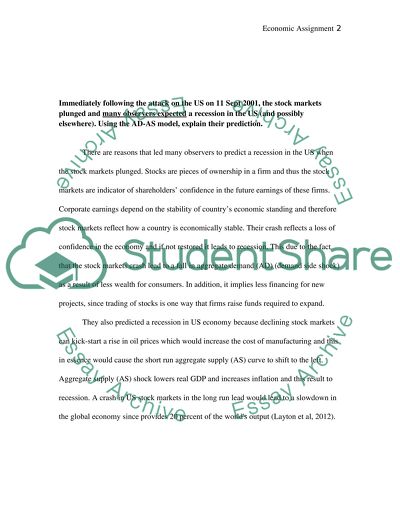Cite this document
(“Economics Assignment Example | Topics and Well Written Essays - 1250 words”, n.d.)
Economics Assignment Example | Topics and Well Written Essays - 1250 words. Retrieved from https://studentshare.org/miscellaneous/1658605-economics-assignment
Economics Assignment Example | Topics and Well Written Essays - 1250 words. Retrieved from https://studentshare.org/miscellaneous/1658605-economics-assignment
(Economics Assignment Example | Topics and Well Written Essays - 1250 Words)
Economics Assignment Example | Topics and Well Written Essays - 1250 Words. https://studentshare.org/miscellaneous/1658605-economics-assignment.
Economics Assignment Example | Topics and Well Written Essays - 1250 Words. https://studentshare.org/miscellaneous/1658605-economics-assignment.
“Economics Assignment Example | Topics and Well Written Essays - 1250 Words”, n.d. https://studentshare.org/miscellaneous/1658605-economics-assignment.


